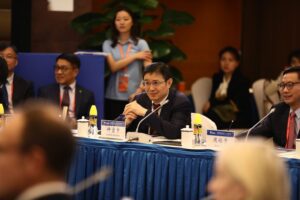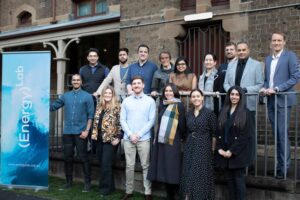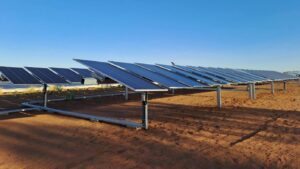PRESS RELEASE
The returned Liberal state government announced that it would “begin [a] review of the Solar Feed-in Tariff” in its first 100 days. After 103 days there has been no public information about what the new feed-in tariff (FiT) will be, or even how it will be calculated.
“Homeowners are asking us what they should do when the legacy feed-in tariff ends this year” said Jack Gilding, Executive Officer of the Tasmanian Renewable Energy Alliance. “Without some leadership and support from the government, these early adopters will be tempted to go off-grid, which is a wasted opportunity.”
Other states are adopting innovative policies to encourage the installation of solar in ways which benefit the network as well as consumers.
Victoria is introducing an optional time-varying FiT which rewards customers for feeding energy into the grid at times of highest demand. Customers with solar and batteries can be paid as much as 29c/kWh for energy fed into the grid from 3-9pm on weekdays. The Victorian process is also ground-breaking in recognising the benefits of solar in reducing carbon emissions and improving public health through reduced pollution.
South Australia is proposing to link up to 50,000 homes with solar and batteries into a ‘virtual power plant’ that can provide services to the electricity grid and reduce costs for all consumers.
“Tasmania rightly prides itself on leading the way in renewable energy generation, but risks being left behind as states such as South Australia and Victoria develop innovative ways to integrate distributed solar into the electricity network of the future.” said Mr Gilding.
Time is running out for the Tasmanian government to consult properly with industry and solar owners to develop a plan which manages the end of the legacy FiT and provides a fair and forward looking outcome that benefits existing solar owners and all electricity consumers.
This will allow households to contribute effectively to the government’s objective of making Tasmania’s electricity 100% renewable by 2022.
“The government is clearly focussed on looking at the benefits of big projects such as pumped hydro and additional connections to the mainland.” said Mr Gilding. “The state government needs to work with the Tasmanian households who are investing their own money in making our energy system more secure, more decentralised, more renewable and more affordable.”









